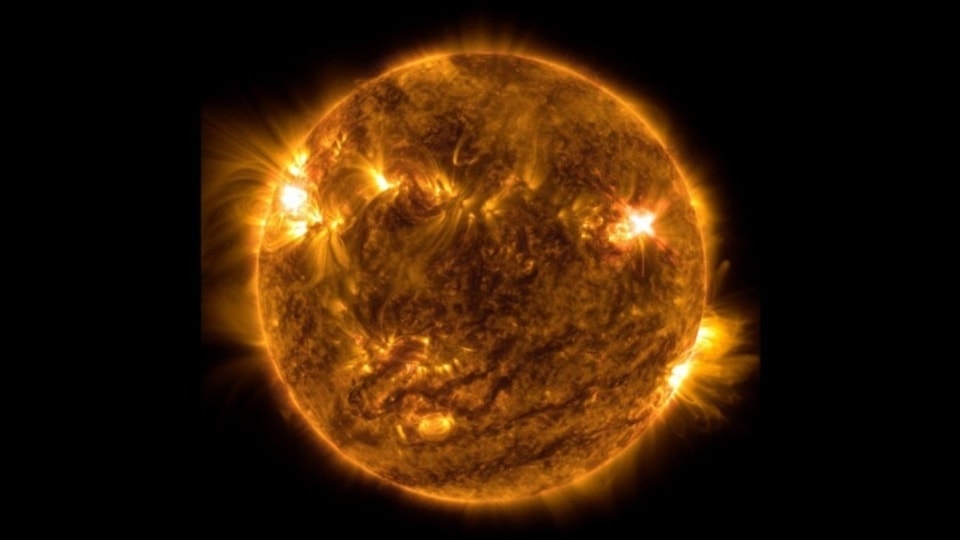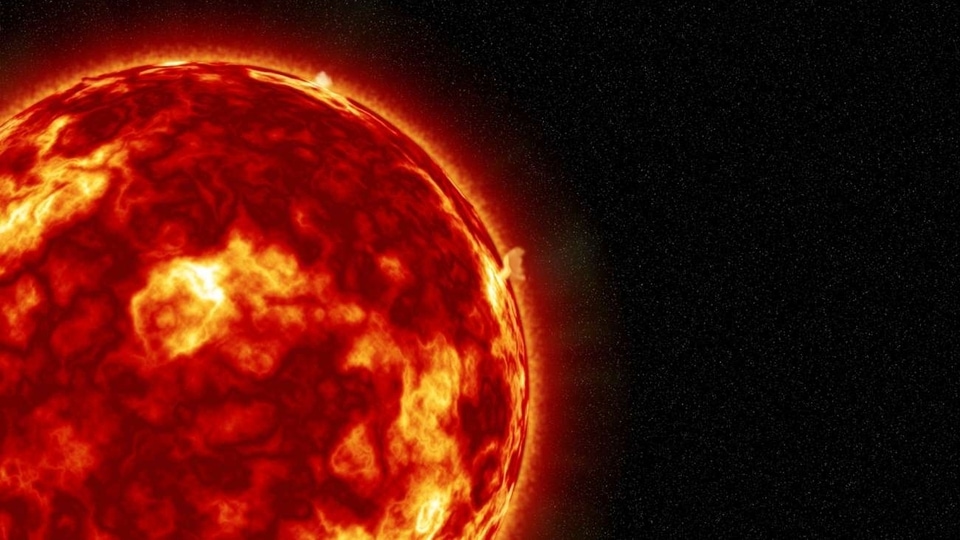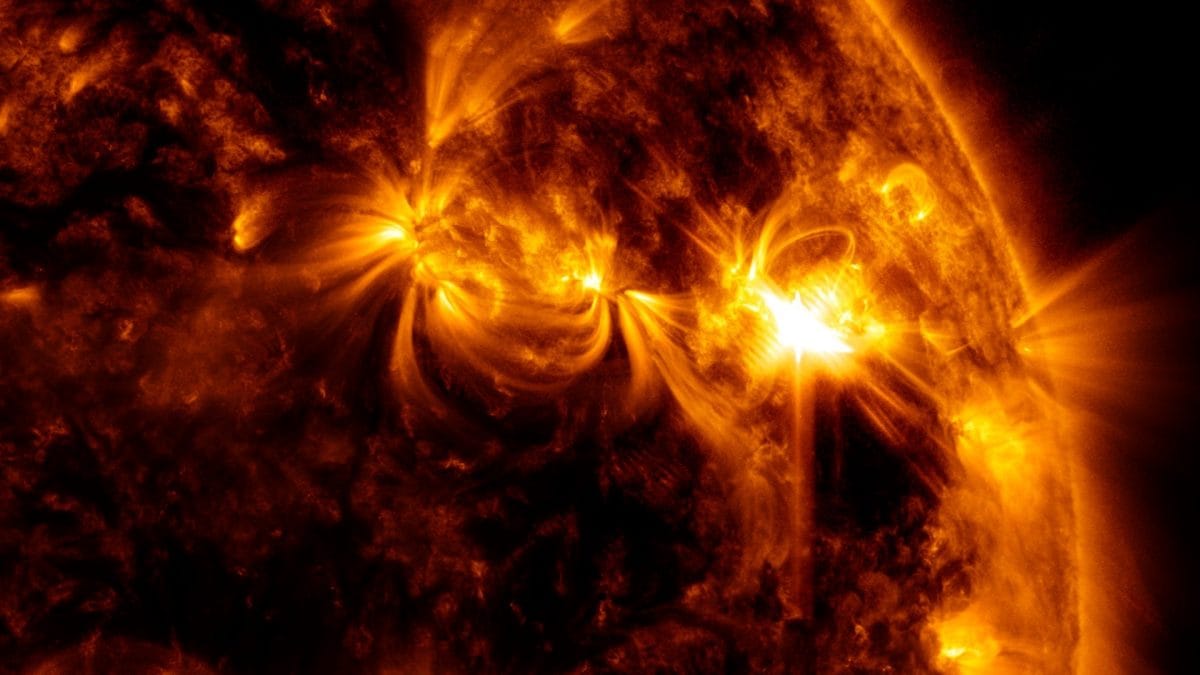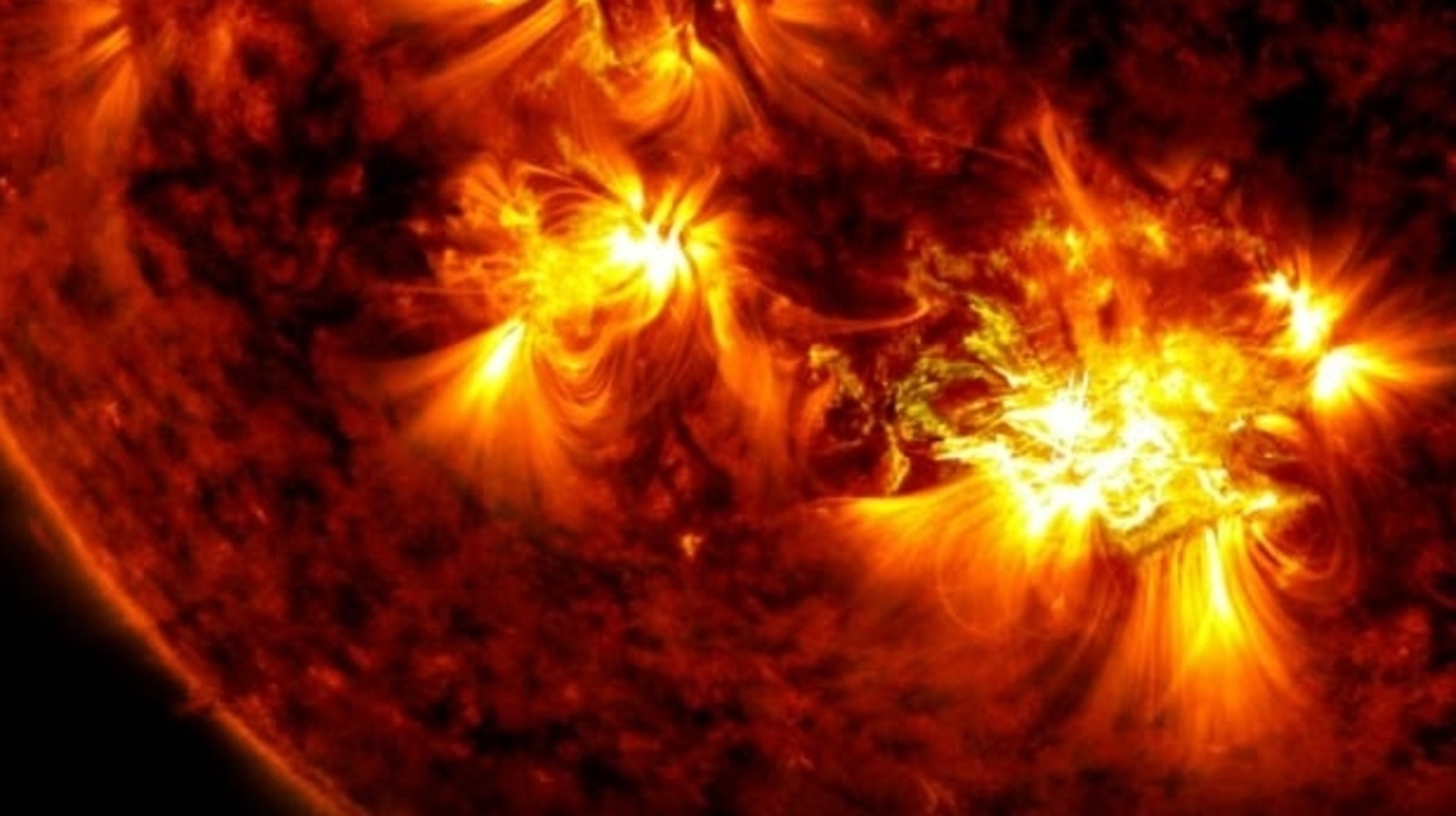Solar winds rushing towards Earth! Geomagnetic storm risk in the coming days
Gusty solar winds have been observed blowing towards the Earth. Could the planet be at risk of a geomagnetic storm?






 View all Images
View all ImagesEarth has been in the firing line of solar storms and more recently as the Sun is nearing the middle of its 11-year solar cycle. This has resulted in increased solar activity. Earth has faced numerous solar flares these past few months and more are expected as the Sun moves ahead in its cycle. NOAA forecasters have revealed that Earth is at risk of a geomagnetic storm soon.
According to spaceweather.com, the solar winds blowing towards Earth are a result of hot gaseous material escaping from a canyon-like hole in the Sun's atmosphere. This hole is known as a Sunspot. The Spaceweather.com report said, ”A high-speed stream of solar wind is approaching Earth. The gaseous material is flowing from a canyon-like hole in the sun's atmosphere. Minor G1-class geomagnetic storms are possible when the solar wind arrives.”
Solar wind effects
The solar particles tend to interact with the Earth's magnetic field and spark Geomagnetic storms. When solar particles hit Earth, the radio communications and the power grid can be affected. It can cause power and radio blackouts for several hours or even days. However, electricity grid problems occur only if the solar flare is extremely large.
As per the K-index, which measures the magnetic field around the Earth, solar storms are divided into 5 classes from G-1 to G-5. The G-1 is the lowest impact solar G5 is given to the most severe solar storms.
Auroras form as a result of the Coronal Mass Ejection (CME) from the Sun which sends solar fares hurtling towards Earth. Geomagnetic storms are often the precursor to stunning streaks of green light across the sky known as Northern Lights.
NASA Mission to study solar activity
NASA has a mission in place to study the rising solar activity of the Sun. NASA's SunRISE mission, which stands for the Sun Radio Interferometer Space Experiment, is an upcoming mission expected to launch in 2024 to study and pinpoint how giant bursts of energetic particles originate from the Sun and evolve as they expand outward into space.
The mission will observe low radio frequency emissions to better understand the generation of Solar Storms as well as other explosive space events. This research will help scientists forecast space weather, improve our understanding of how our Sun works, and may apply to studies of other stars.
Catch all the Latest Tech News, Mobile News, Laptop News, Gaming news, Wearables News , How To News, also keep up with us on Whatsapp channel,Twitter, Facebook, Google News, and Instagram. For our latest videos, subscribe to our YouTube channel.































